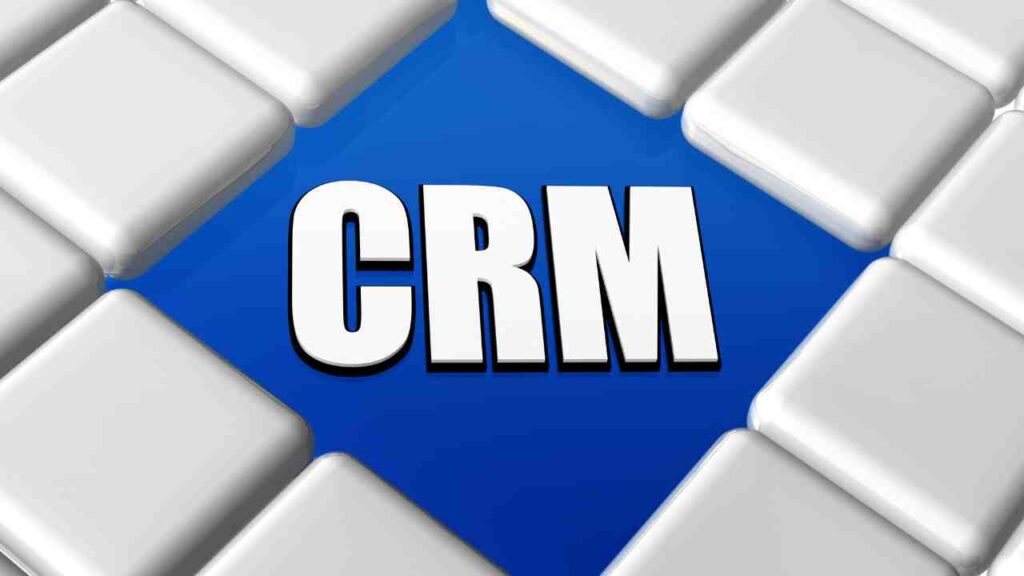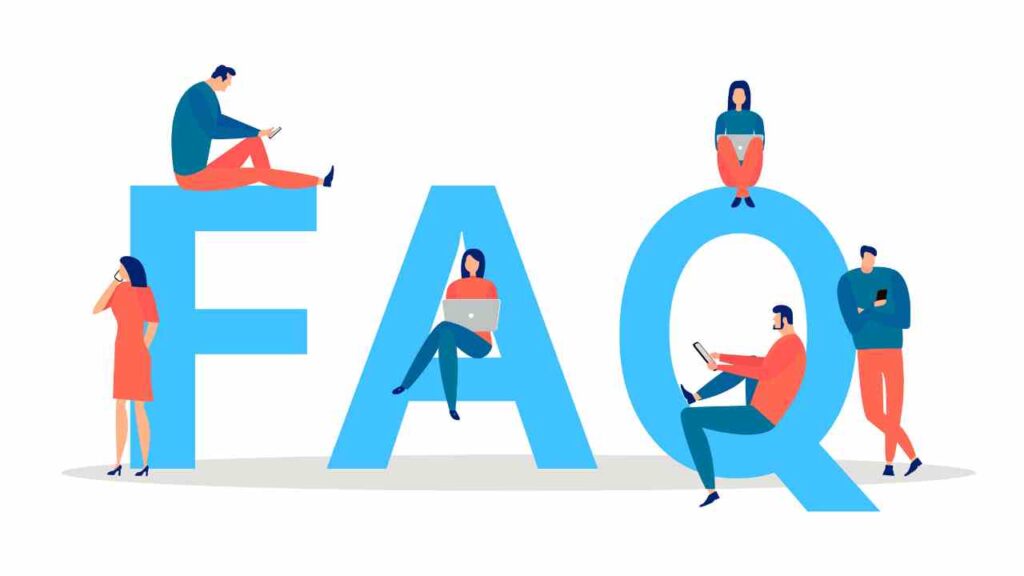Utilizing CRM to Bridge Team Gaps

Effective communication and collaboration are crucial for the success of any team. However, in today’s fast-paced business environment, teams often face challenges in staying connected and aligned. This is especially true for remote teams or those spread across different locations. Fortunately, Customer Relationship Management (CRM) software can play a vital role in bridging these team gaps and fostering better collaboration. In this article, we will explore how CRM can be utilized to enhance team communication, streamline workflows, and improve overall team performance.
The Importance of Team Collaboration
Team collaboration is essential for achieving organizational goals and driving business growth. When team members work together effectively, they can leverage their diverse skills and knowledge to solve complex problems, make informed decisions, and deliver high-quality results. However, without proper communication and collaboration tools in place, teams may struggle to stay connected, leading to misalignment, duplication of efforts, and decreased productivity.
According to a study by McKinsey, employees spend an average of 20% of their time searching for information or colleagues to help with specific tasks. This time could be better utilized if teams had access to a centralized platform that enables seamless collaboration and knowledge sharing.
The Role of CRM in Team Collaboration
A CRM system is primarily designed to manage customer relationships, but its capabilities extend beyond that. By leveraging the features and functionalities of a CRM platform, teams can bridge gaps and enhance collaboration in several ways:
1. Centralized Communication
A CRM system provides a centralized platform for team members to communicate and share information. Instead of relying on scattered email threads or multiple messaging apps, team members can use the CRM’s built-in communication tools to collaborate in real-time. This ensures that everyone is on the same page and reduces the chances of miscommunication or information loss.
For example, SaasExpert.ca, an all-in-one sales and marketing platform, offers a CRM module that allows team members to send messages, share files, and collaborate on tasks within the platform. This eliminates the need for external communication tools and keeps all team-related discussions and documents in one place.
2. Streamlined Workflows
CRM systems enable teams to streamline their workflows by automating repetitive tasks and providing clear visibility into each team member’s responsibilities. By defining and assigning tasks within the CRM, teams can ensure that everyone knows what they need to do and when. This reduces confusion, minimizes delays, and improves overall efficiency.
For instance, SaasExpert.ca’s CRM module allows team leaders to assign tasks to specific team members, set deadlines, and track progress. This ensures that everyone is aware of their responsibilities and can prioritize their work accordingly.
3. Enhanced Knowledge Sharing
Knowledge sharing is crucial for team collaboration, as it allows team members to learn from each other’s experiences and leverage collective expertise. CRM systems facilitate knowledge sharing by providing a centralized repository for storing and accessing important information, such as customer data, project documentation, and best practices.
For example, SaasExpert.ca’s CRM module allows team members to store customer-related information, such as contact details, communication history, and purchase history. This ensures that everyone has access to the latest customer information, enabling them to provide personalized and consistent service.
Case Study: XYZ Agency
To illustrate the impact of utilizing CRM to bridge team gaps, let’s consider the case of XYZ Agency, a digital marketing agency with a remote team spread across different locations. Prior to implementing a CRM system, XYZ Agency faced challenges in coordinating their marketing campaigns, tracking client interactions, and ensuring consistent communication among team members.
After implementing SaasExpert.ca’s CRM module, XYZ Agency experienced significant improvements in their team collaboration:
- Centralized Communication: Team members could communicate and collaborate within the CRM platform, eliminating the need for multiple communication tools. This resulted in faster decision-making and reduced miscommunication.
- Streamlined Workflows: Tasks were assigned and tracked within the CRM, ensuring that everyone knew their responsibilities and deadlines. This led to improved efficiency and timely project delivery.
- Enhanced Knowledge Sharing: The CRM served as a centralized repository for client information, campaign data, and best practices. Team members could easily access and share knowledge, leading to improved campaign performance and client satisfaction.
Overall, the implementation of CRM helped XYZ Agency bridge team gaps, improve collaboration, and achieve better business outcomes.
Conclusion
Effective team collaboration is crucial for the success of any organization. By utilizing CRM software, teams can bridge gaps and enhance collaboration by leveraging centralized communication, streamlined workflows, and enhanced knowledge sharing. SaasExpert.ca’s CRM module is an excellent example of a comprehensive solution that enables teams to communicate, collaborate, and achieve better results. By implementing CRM, organizations can foster a culture of collaboration, improve productivity, and drive business growth.
Visit SaasExpert.ca today to learn more about their all-in-one sales and marketing platform and how it can help your team bridge gaps and achieve success.
Learn more about Optimizing Sales Cycle Processess with Machine Learning right here.
Frequently asked questions about Utilizing CRM to Bridge Team Gaps.

❓ Why is bridging team gaps important, and how can CRM assist in this process?
👩💼 A: In any business, seamless team collaboration is the backbone of operational success. Team gaps refer to the disconnect between departments or individuals, leading to communication breakdowns, delayed projects, and even lost revenues. Utilizing a CRM (Customer Relationship Management) system is like introducing a universal translator to your business opera. It synchronizes data across various departments, ensuring everyone has access to the same information in real-time. 🌐 This unified approach eliminates ambiguity, enhances communication, and fosters a collaborative spirit, making it easier to provide exceptional customer service and drive project completion efficiently. With CRM, you’re not just managing customer relationships; you’re fortifying your team’s internal relationships as well. 🤝
❓ How does CRM integration promote cross-departmental collaboration?
🚀 A: Imagine the hurdles a team faces when departments work in silos: missed messages, duplicated efforts, and a fragmented customer view. CRM acts as a central hub 🎯 for all customer interactions and data, accessible to different teams across your company. Whether it’s sales handing over a new account to client services, or marketing coordinating with sales on leads generated from a recent campaign, CRM ensures every team member is on the same page. It promotes transparency and cohesiveness, helping staff understand their role in the customer lifecycle, which is instrumental in crafting personalized customer experiences and achieving collective goals.
❓ Can CRM automation features improve team productivity and bridge communication gaps?
⏱️ A: Absolutely! One of the CRM’s superpowers is its automation capabilities. Think of all the repetitive tasks that consume your team’s day: data entry, follow-up reminders, and meeting scheduling, to name a few. CRM can take over these tasks with ease, freeing up your team’s time for more strategic, high-value projects. 🌟 More importantly, automation ensures no leads or customers fall through the cracks due to human error, often a consequence of communication gaps. By automating alerts for follow-up, or distributing new leads promptly, a CRM ensures consistent and timely interactions both within your team and with your customers. This streamlined communication is the secret sauce to productivity and a harmonious work environment. 🎉
❓ What role does CRM play in centralizing communication for remote or hybrid teams?
🌍 A: In our digital age, and especially post-pandemic, remote and hybrid teams have become a norm. CRM systems are more vital than ever in these setups, serving as a virtual workspace where teams can collaborate regardless of physical location. 💻 CRM tools extend beyond data storage, offering features like shared calendars, task assignment, discussion threads, and integration with communication tools (e.g., email, instant messaging). These features are crucial in bridging the physical distance, ensuring that every team member, whether they’re at home, at a café, or in the office, is looped into daily operations and customer communications. It’s like having a virtual office that’s open 24/7, connecting your team members across cities, countries, or continents. 🌐🤝
❓ How do we measure if our CRM is effectively bridging team gaps?
📊 A: Implementing a CRM isn’t just a set-it-and-forget-it affair. It’s vital to track its effectiveness in fostering team collaboration and communication. Key performance indicators (KPIs) such as the sales cycle length, customer retention rates, and employee productivity levels are direct reflections of your team’s cohesiveness. A successful CRM implementation should see these metrics improve. Also, qualitative feedback from team members can provide insights into whether communication has become more effortless or if collaborative efforts feel more synchronized. Regularly review these indicators and feedback, and don’t shy away from making necessary adjustments. Remember, the goal is continuous improvement for your team’s synergy and, ultimately, your bottom line. 💡💰






